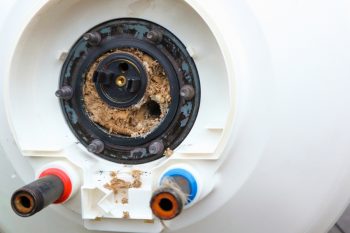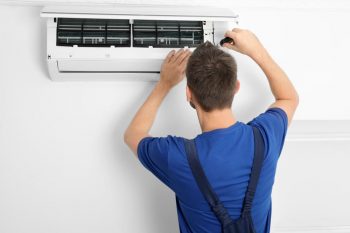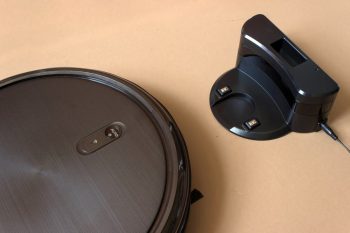
When it comes to home appliances, a washer and dryer are essential for maintaining a clean and organized household. This comprehensive guide will walk you through the process of installing a GE Washer and Dryer, ensuring you can get your laundry done efficiently and effectively.
To install a GE Washer and Dryer, you’ll need to prepare a suitable location, gather necessary tools and materials, and follow the manufacturer’s instructions. For the washer, connect the water supply hoses, set up the drain hose, level the machine, and connect it to an electrical outlet. For the dryer, install the power cord, set up the venting system, level the machine, and plug it in. After installation, run a test cycle to ensure everything is working properly.
What You’ll Need
Before beginning, gather the necessary tools and materials. These include:
- Washer water supply hoses
- Drain hose
- Dryer power cord
- Dryer duct and vent
- Stacking kit (if applicable)
- Leveling legs
- Basic tools: wrench, screwdriver, and level
Preparing for Installation
Choose a suitable location for your washer and dryer. The area should be clean, level, and hard, with access to hot and cold water, drainage, and ventilation. For top load dryers, you need 0 inches on the sides, 1 inch at the top, front, and rear. For front load dryers, 0 inches at the top, front, sides, and rear. However, for improved performance, a 1/2 inch clearance is suggested on each side.
Installing the GE Washer
Here are the steps to install your GE washer:
- Remove packaging materials, shipping bolts, and covers from the washer.
- Connect the water supply hoses to the washer’s inlet valves (hot and cold) and to the water supply valves in your home.
- Set up the drain hose over the edge of a sink or into a standpipe.
- Level the washing machine by adjusting its feet.
- Connect the washer to a grounded electrical outlet.
- Turn on the water supply valves and check for leaks.
- Run a short cycle without any clothes to ensure the washer is functioning properly.
Installing the GE Dryer
Follow these steps to install your GE dryer:
- Choose a well-ventilated area where the temperature is above 50°F.
- Install the power cord following the manufacturer’s instructions.
- Install the venting system ensuring proper airflow and minimizing lint buildup.
- Level the dryer by adjusting its legs.
- Plug in the dryer and test its operation.
Post-Installation Maintenance
Once your GE washer and dryer are installed, maintain them to ensure optimal performance and longevity. Clean the washer tub and dryer lint filter monthly, leave the washer door open for air circulation when not in use, and inspect the washer’s hoses and dryer vent pipe regularly.
Troubleshooting Common Problems
If you encounter any problems during the installation, these troubleshooting tips might help:
- Verify system requirements and compatibility.
- Check for sufficient disk space.
- Close other programs.
- Run the installation as an administrator.
- Update drivers.
- Use Windows Update troubleshooter.
- Consult online forums and support.
In conclusion, installing a GE Washer and Dryer may seem daunting at first, but with the right tools, instructions, and a bit of patience, you can do it yourself. Take your time, follow the steps carefully, and soon you’ll have a fully operational washer and dryer ready to tackle your laundry needs.
Frequently Asked Questions
What type of power outlet do I need for my GE Washer and Dryer?
Both the GE Washer and Dryer require a standard 120V, 60Hz, properly grounded electrical outlet installed according to local codes and ordinances.
What should I do if there is a leak after installation?
If there is a leak after installation, check all the connections and make sure they are tight. If the leak persists, it may be necessary to replace the hoses or contact a professional for assistance.
Can I stack my GE washer and dryer?
Yes, some models of GE washers and dryers can be stacked to save space. However, you will need a compatible stacking kit. Always check the user manual or consult with the manufacturer to ensure your models can be safely stacked.
What is the purpose of running a short cycle without clothes after installing my washer?
Running a short cycle without any clothes after installation helps to ensure that the washer is functioning properly and allows you to check for any leaks or issues before adding clothes.
How often should I clean my dryer vent?
It’s recommended to clean the dryer vent every few months, or more frequently if you notice that your dryer is not drying clothes as efficiently as usual. Regular cleaning helps prevent lint buildup, which can lead to decreased performance and potential fire hazards.












